Goya to Impressionism: Masterpieces from the Oskar Reinhart Collection – The Courtauld Gallery, London (LAST CHANCE TO SEE)
Goya to Impressionism: Masterpieces from the Oskar Reinhart Collection brings a rare and revealing group of works to the Courtauld, offering an insight into one man’s singular vision as a collector
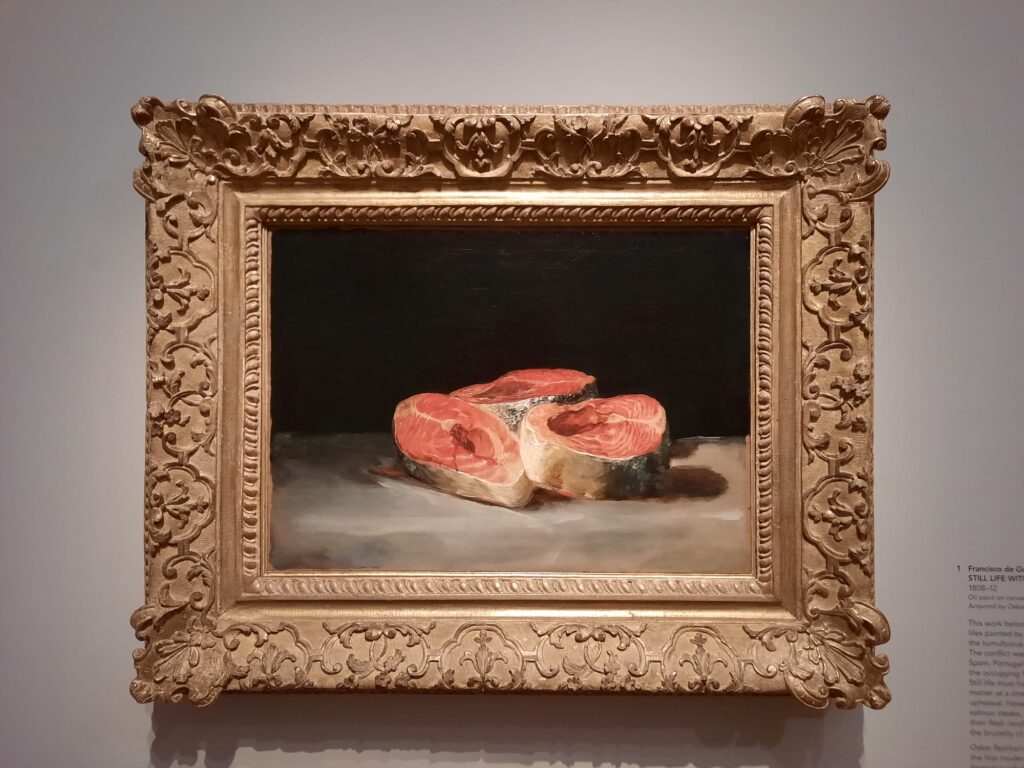
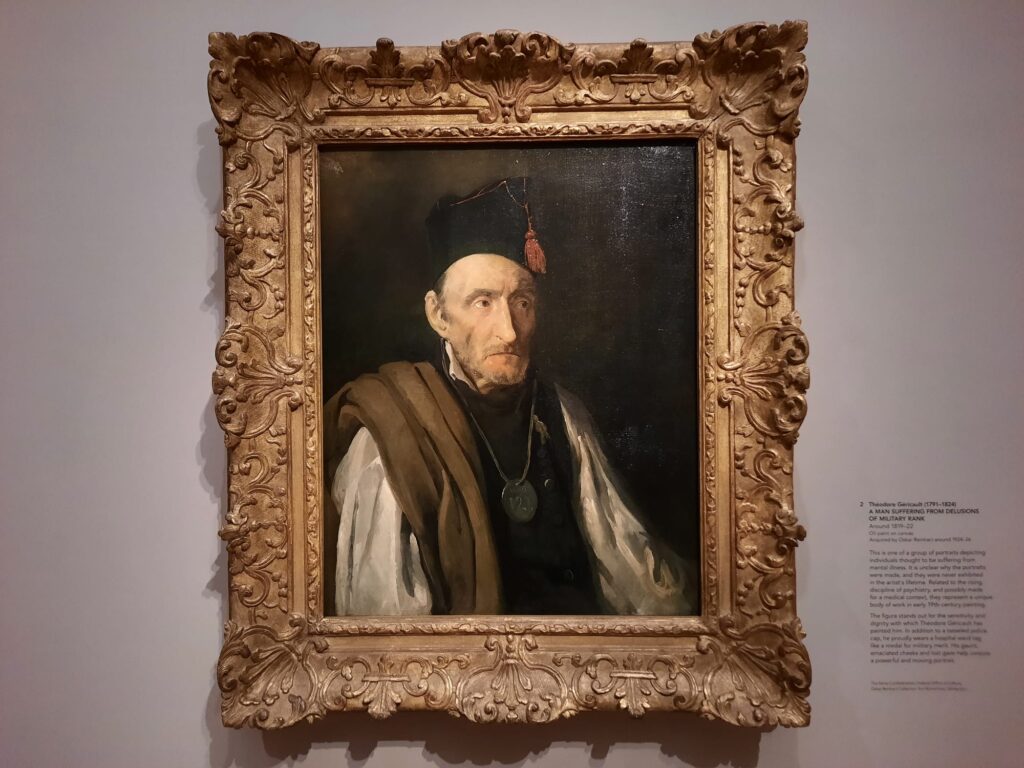
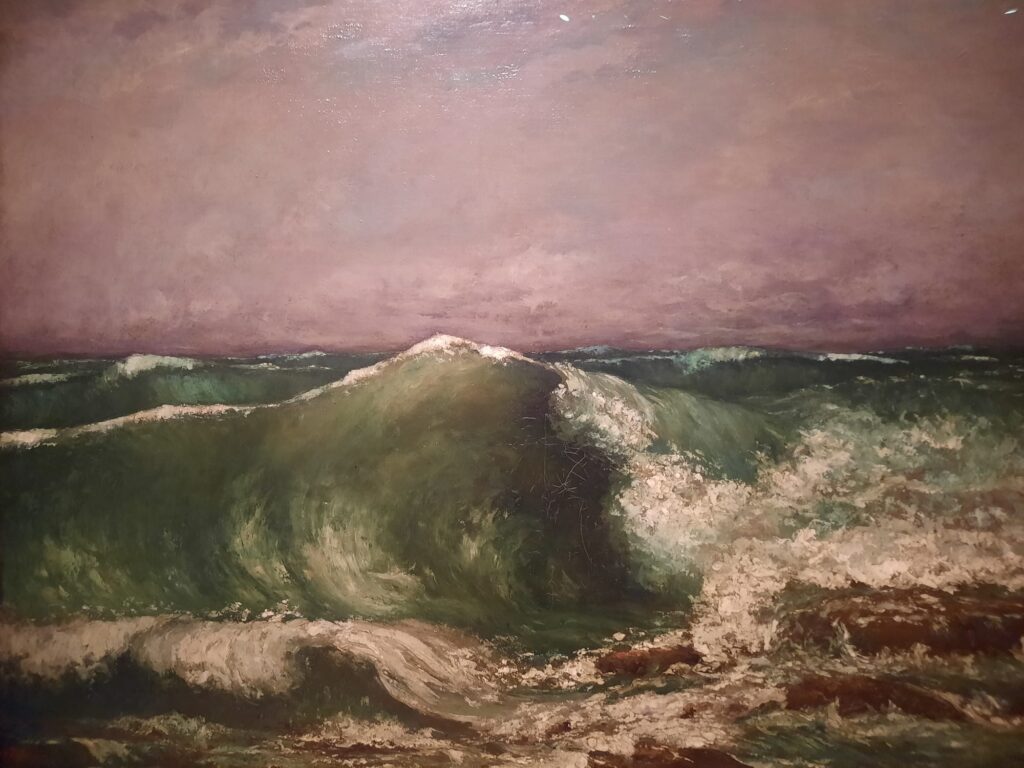
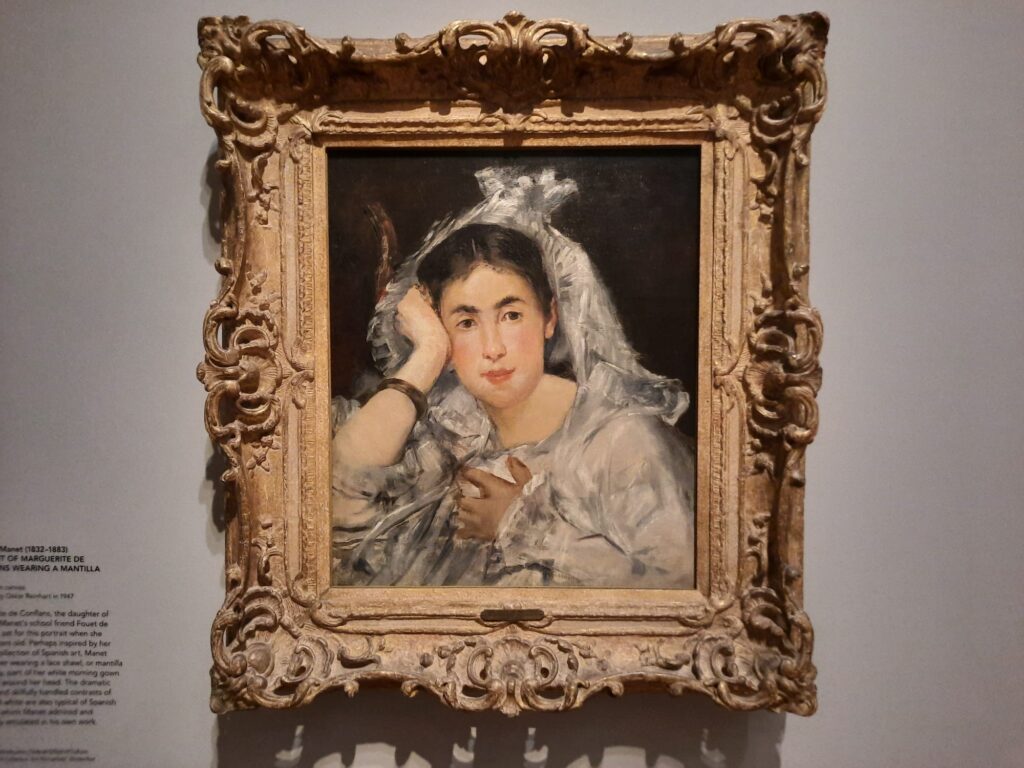
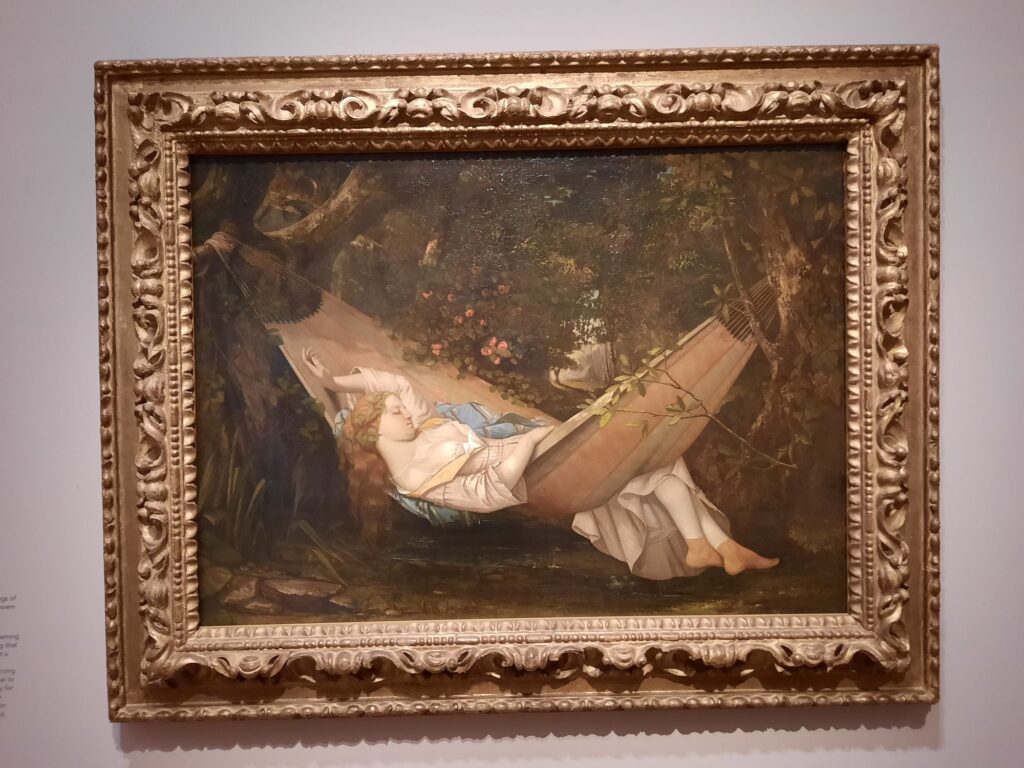
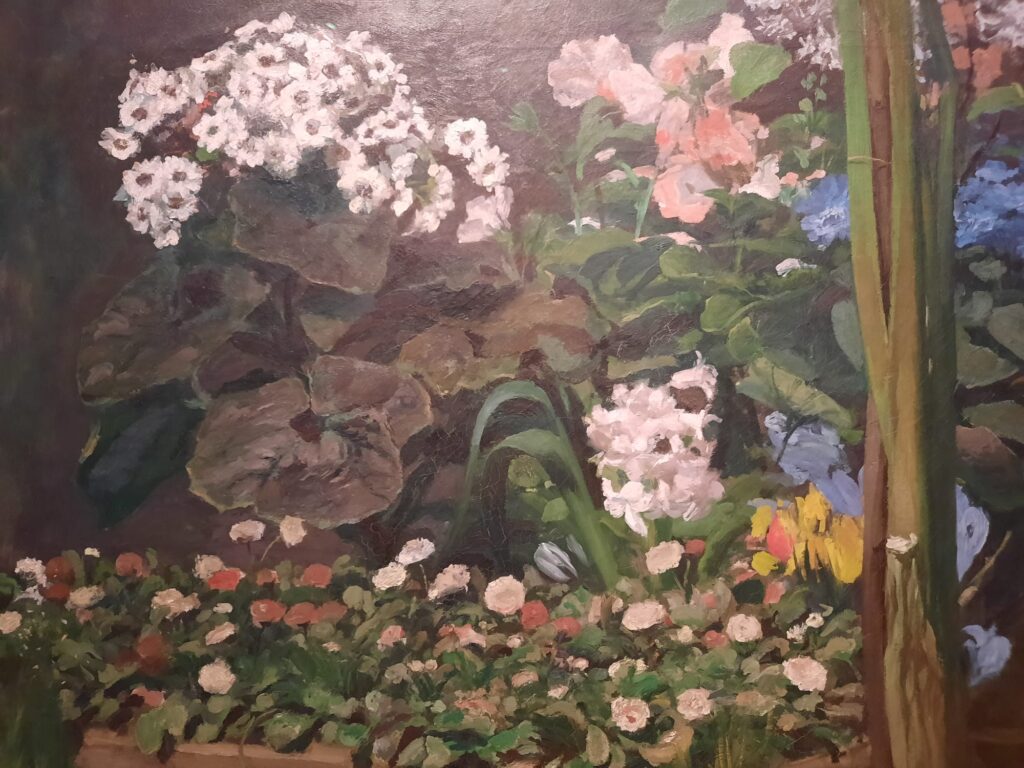
A Collector’s Eye: The Oscar Reinhart Collection
It was about time I was back at the Courtauld! After becoming one of the many who purchased a membership because they’d been dilly-dallying buying tickets to Monet and London: Views of the Thames, I’ve been remarkably slack about getting value out of it. Especially as this is consistently one of my favourite London galleries for exhibitions. I shall have to make up for it in the coming months… But in the meantime, let me start as I often do with some background on what we’re looking at today.
Oskar Reinhart (1885–1965) was a Swiss businessman and one of the most discerning collectors of his generation. Over several decades, he assembled a remarkable group of paintings, drawings, and sculptures, largely focused on 18th and 19th-century European art. His taste was both scholarly and deeply personal. He wasn’t chasing trends, he was curating a world he wanted to live in.
Reinhart’s collection is housed at Am Römerholz, a villa next to his former residence in Winterthur. It’s not just a beautiful setting; it’s integral to understanding the collection itself. The purpose-built space looks domestic, even intimate. These aren’t paintings to be overwhelmed by: they’re meant to be lived with, looked at slowly. The focus is primarily on French, German, Swiss, and Austrian art. Big names are here – Delacroix, Corot, Manet – but often shown through less typical works. Reinhart seemed drawn to moments of transition: artists testing boundaries, still forming their voice.
The collection has rarely travelled, so it’s a coup to see so much of it in London. You don’t just get masterpieces, you get a portrait of a collector: his loves, his leanings, his hesitations. It adds a quiet, narrative layer to what might otherwise be a parade of famous names.
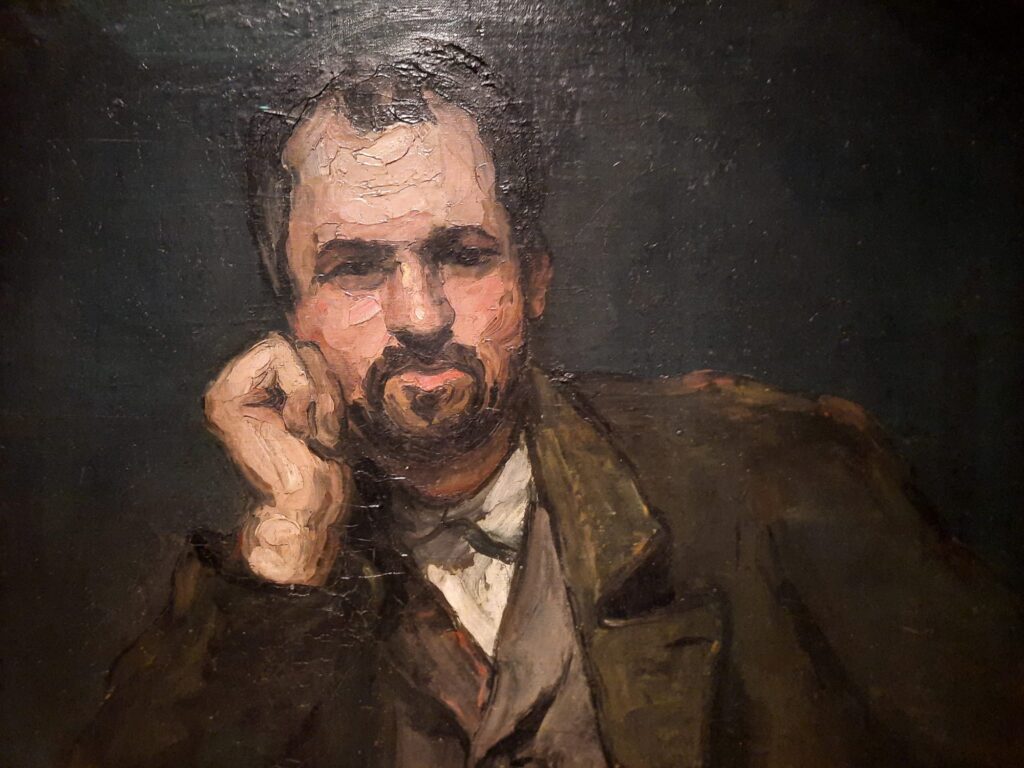

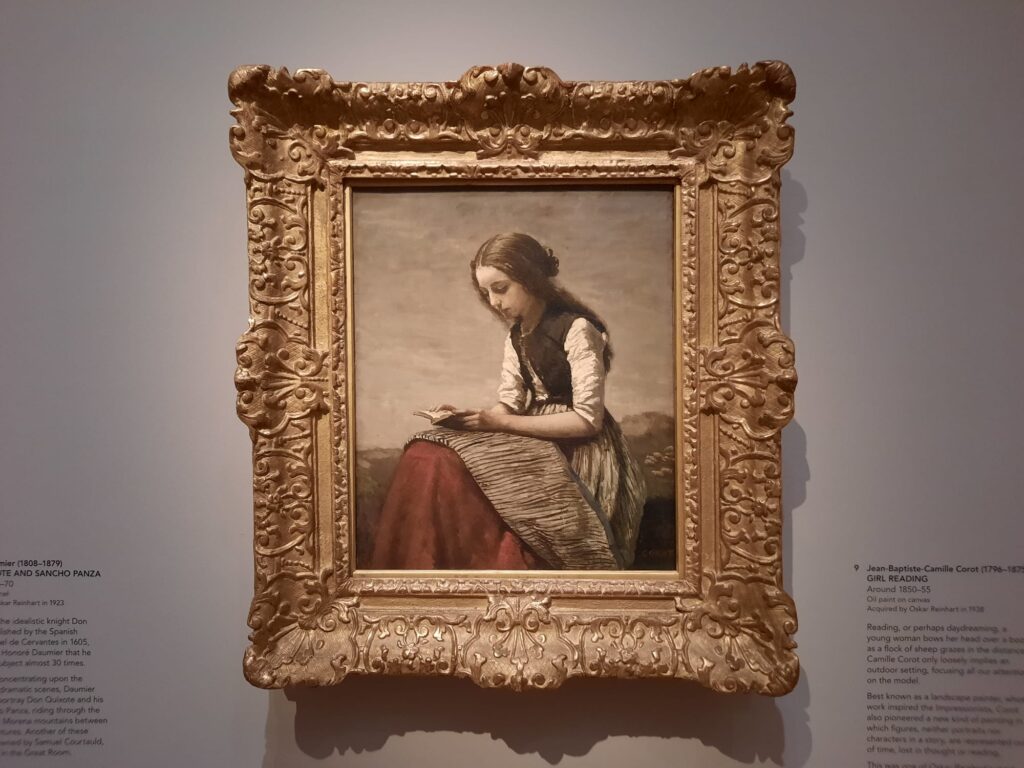
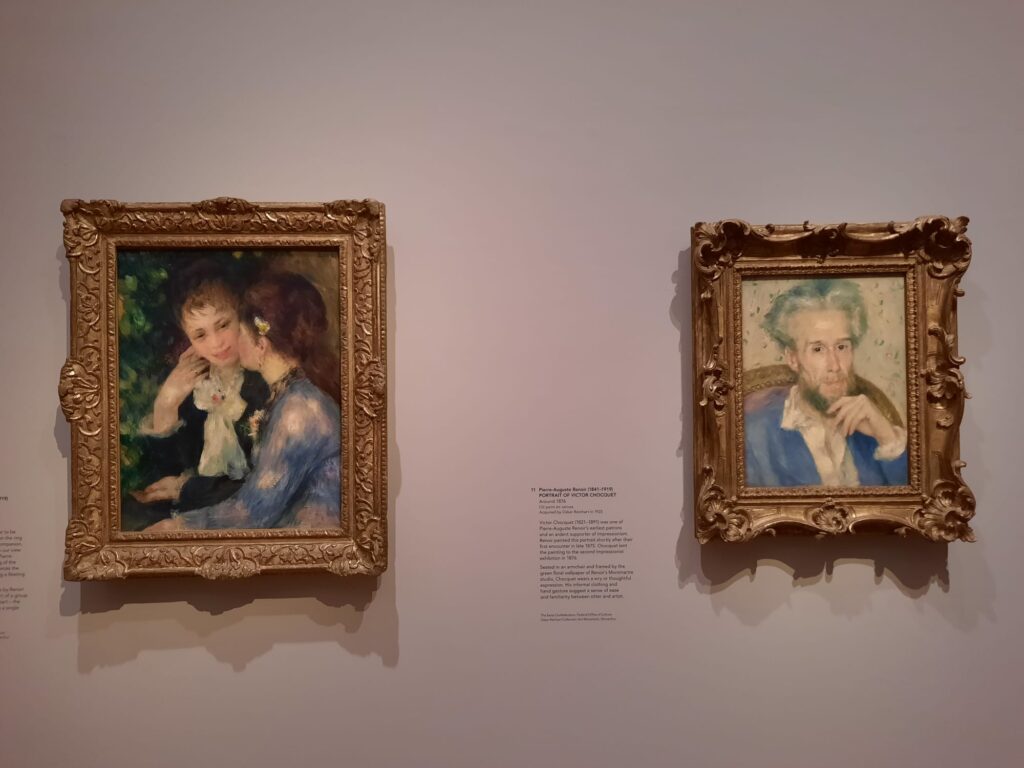
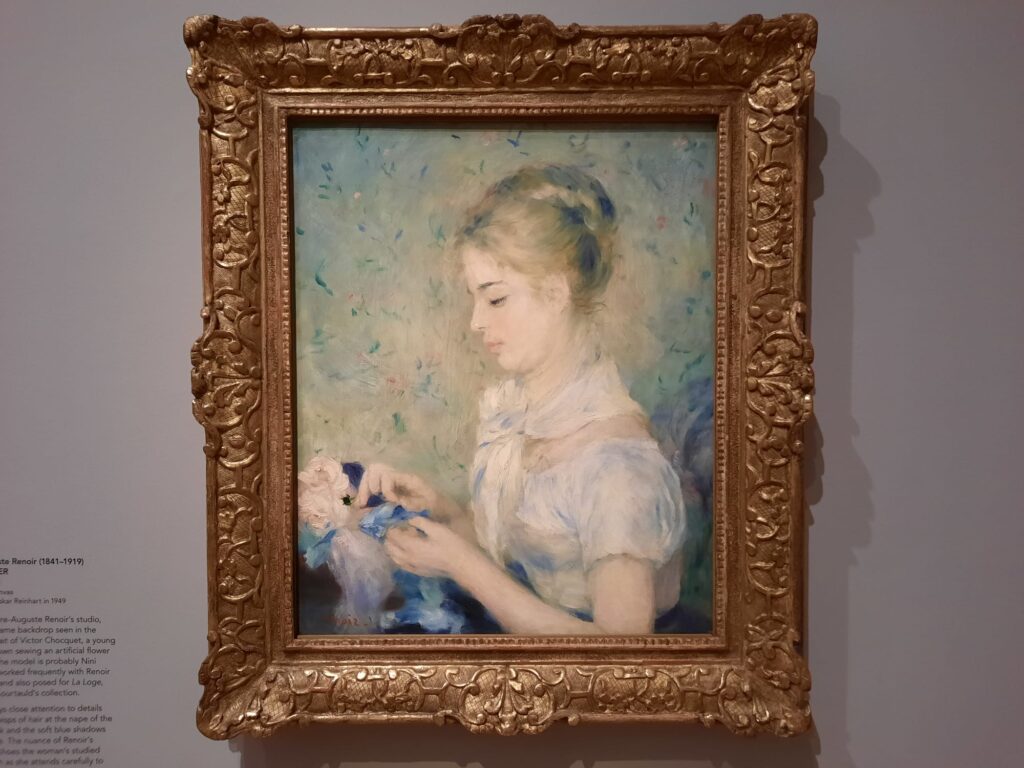
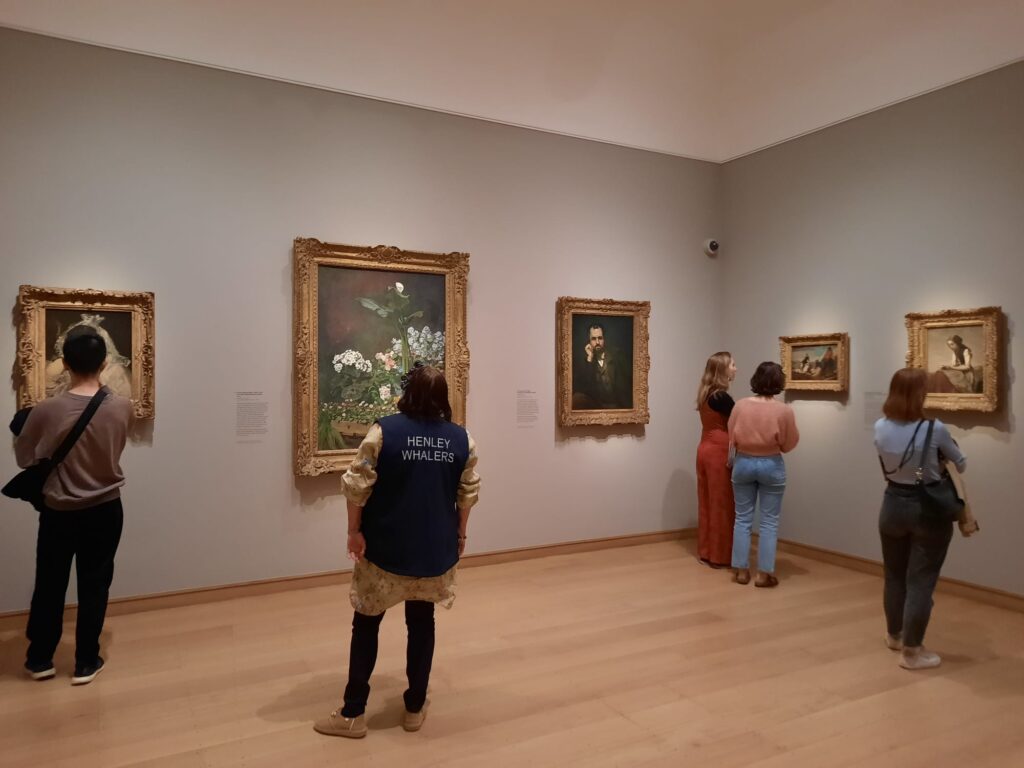
Goya to Impressionism: the Exhibition at the Courtauld
The Courtauld has done something subtle and smart with this exhibition. It doesn’t try to replicate Am Römerholz, but keeps its spirit. The layout is clean and spacious, with works grouped thoughtfully by artist, by mood, sometimes by medium. There’s a gentle rhythm to the sequence, never crowded, never overstated. Rather than imposing a rigid chronological narrative, the curators let the works speak to each other. A Courbet seascape hangs near a Cézanne, and the connection feels natural, unforced. You start to see how certain colours, forms, and gestures echo across generations. It’s more about affinities than timelines.
What also works is the scale. It’s not a blockbuster—no jostling, no overload. That suits the collection. These are works that reward quiet looking, and the Courtauld’s galleries give them room to breathe. The lighting is soft, and the palette of the walls is calm. It feels respectful, but not reverent.
The wall texts are helpful but never didactic. One of the real strengths is how the exhibition draws links between Reinhart’s collection and the Courtauld’s own. Both reflect early 20th century collecting tastes: an eye for quality, a preference for intimacy over grandeur. They’re in quiet conversation throughout the show. There’s no need for drama here. The experience is about sustained attention, about noticing brushwork and mood. It’s an exhibition that trusts you to take your time. And to extend the experience beyond the paid exhibition space, by visiting some of the Courtauld collection works mentioned throughout.
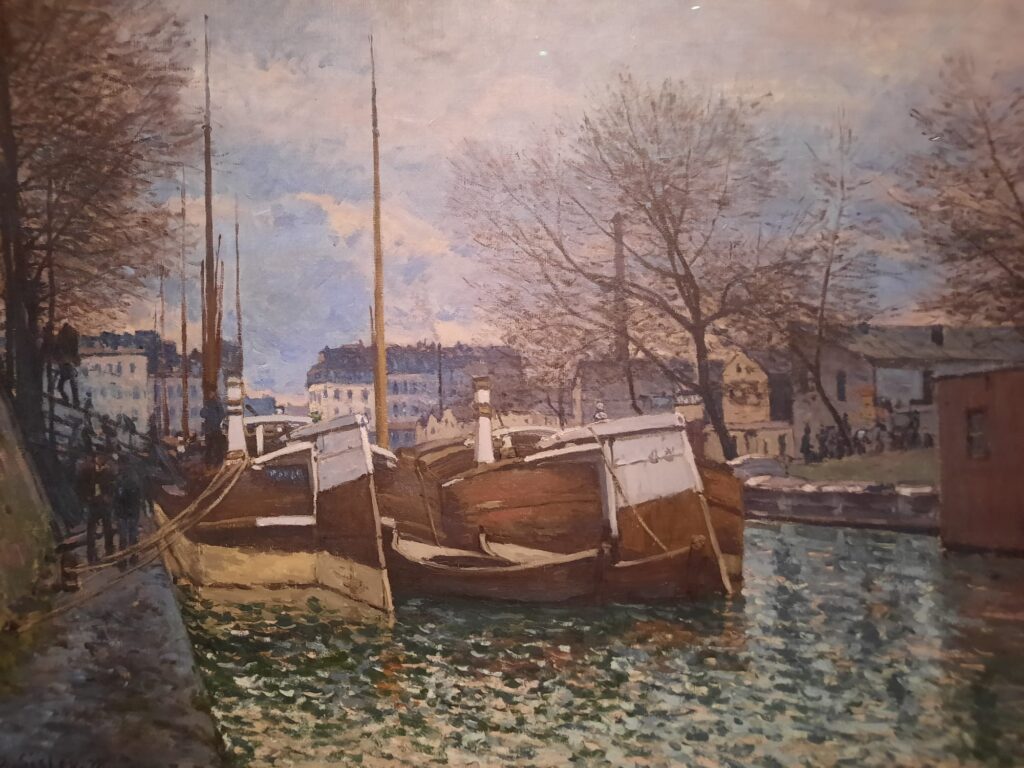
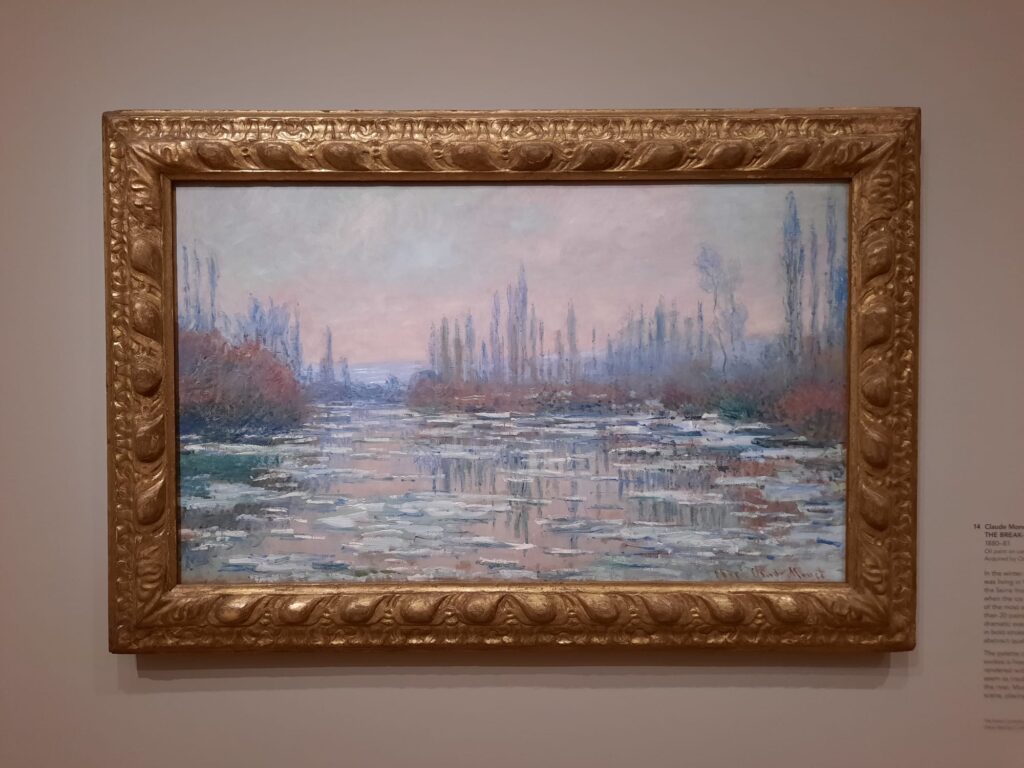
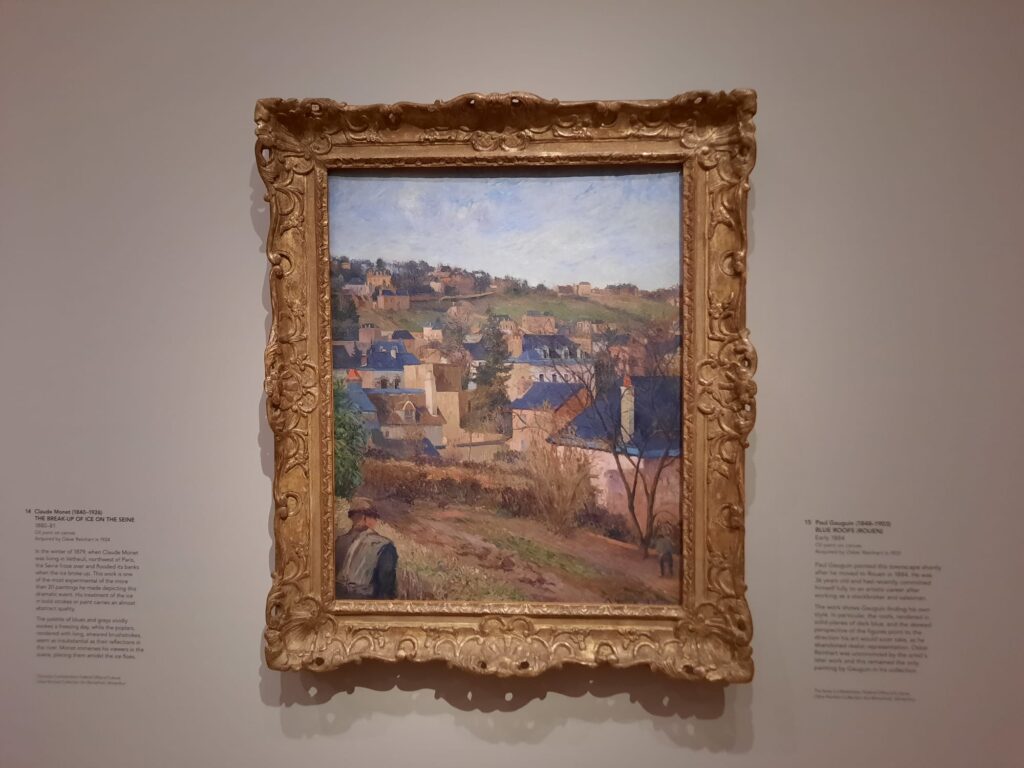
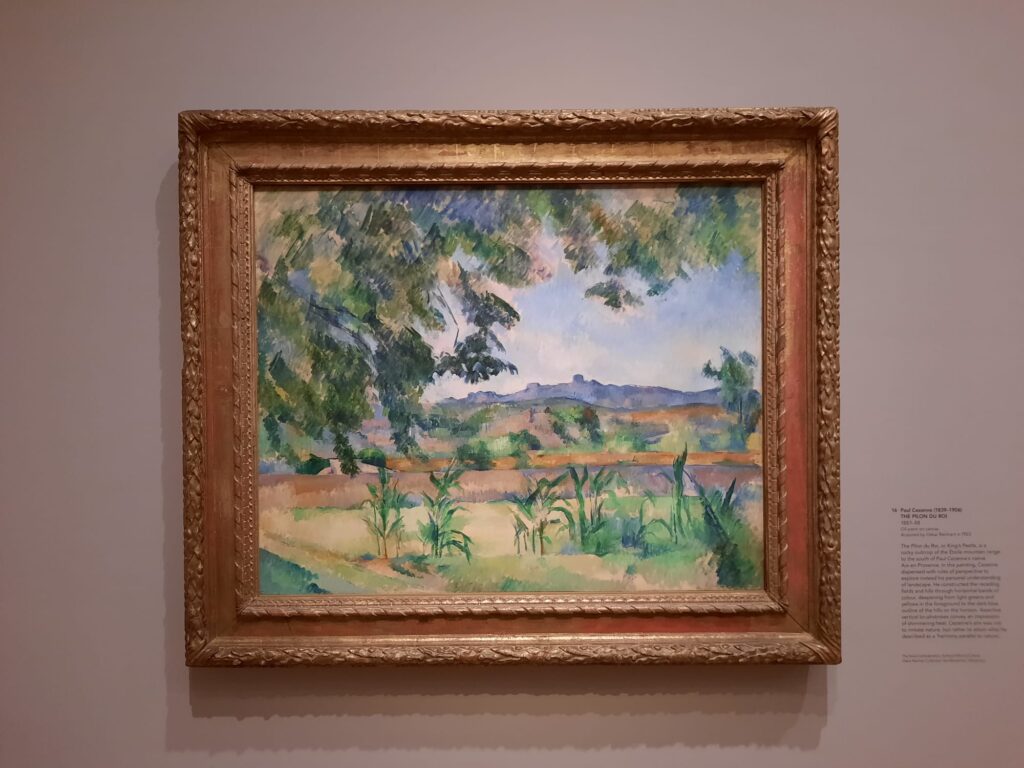
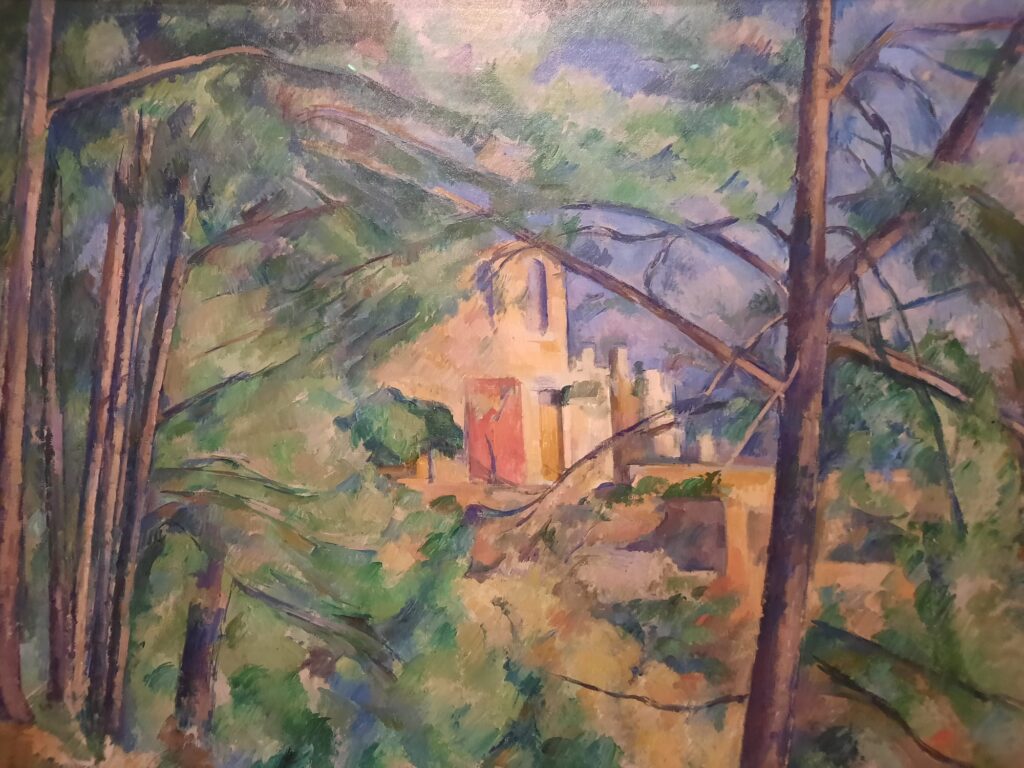
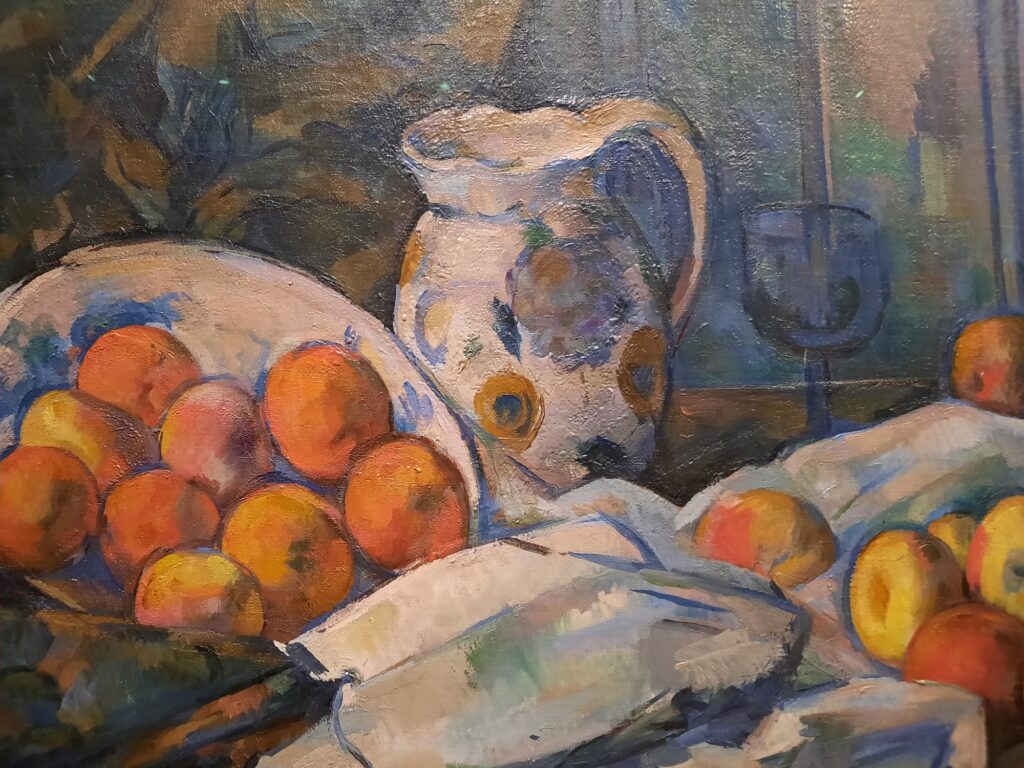
Unusual Choices and a Collector’s Taste
Goya to Impressionism: Masterpieces from the Oskar Reinhart Collection isn’t a “greatest hits” exhibition, and that’s part of its charm. While you’ll recognise many artists, the works themselves aren’t always what you’d expect. There’s a single Goya, and it’s a still life: elegant, sombre, and unusual. The only Gauguin is an early one, still in his Impressionist phase. No Tahitian dreamscapes here.
That might disappoint some, but I found it refreshing. Reinhart wasn’t collecting to impress. He was following his eye, and often his heart. The result is a collection with character. There are choices here that feel quiet, even idiosyncratic. But they’re also revealing. Take the Renoirs. I’m often sceptical. Too sweet, too chocolate-boxy. But here, they’re better than usual: more grounded, more painterly. The one of the young woman in profile is particularly striking, and I really enjoyed the unusual composition of his garden scene. It makes you wonder if Reinhart had a different filter for selecting works by even the most sentimental artists.
There’s a strong thread of transitional work. Paintings that sit between styles, or show an artist in development. The early Cézanne isn’t quite the Cézanne we know, but you see where he’s headed. It’s like catching a whisper of what’s to come. These aren’t the usual crowd-pleasers, and that’s precisely what makes the exhibition interesting. You’re not just seeing the history of art, you’re seeing one person’s path through it.
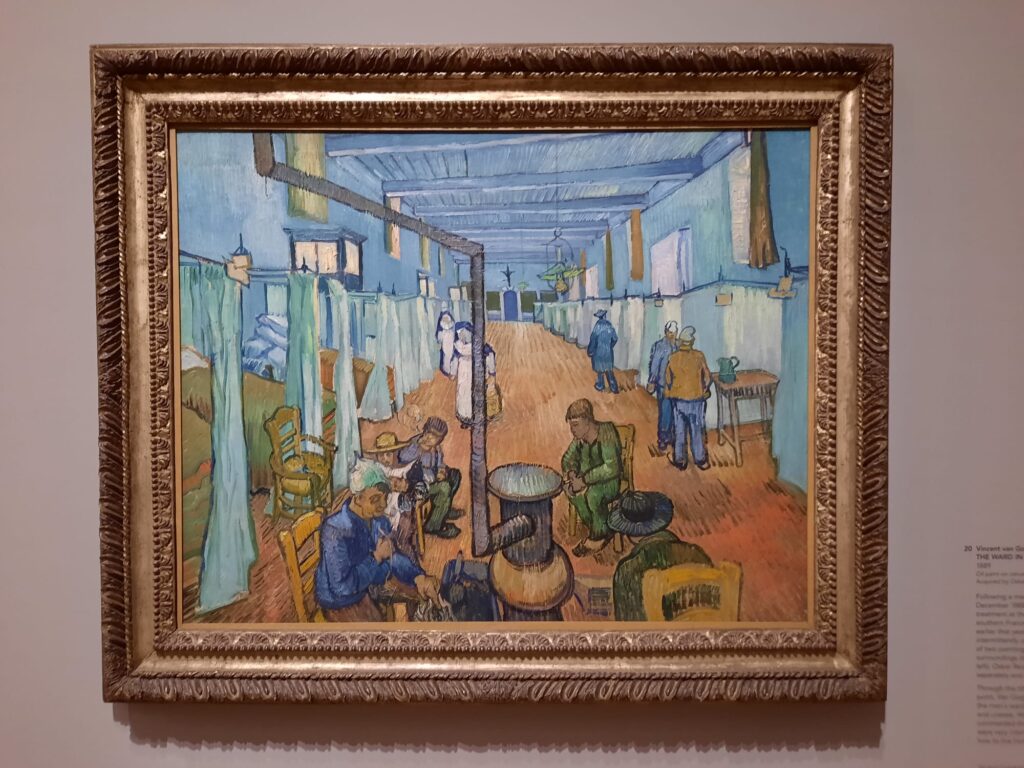
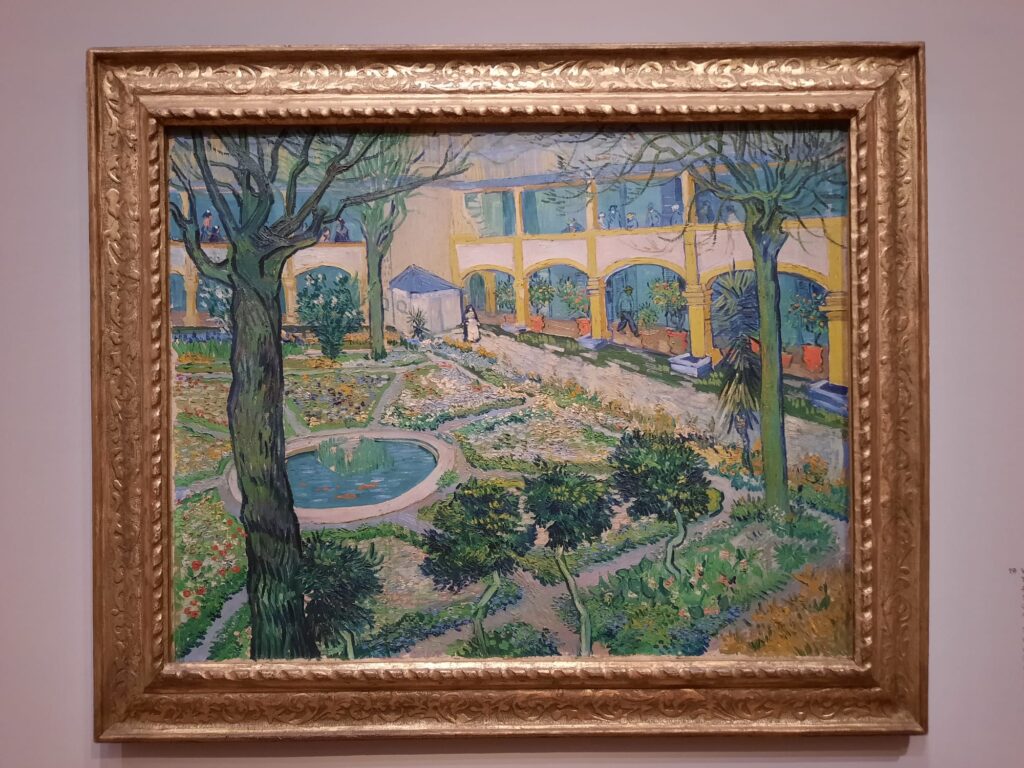
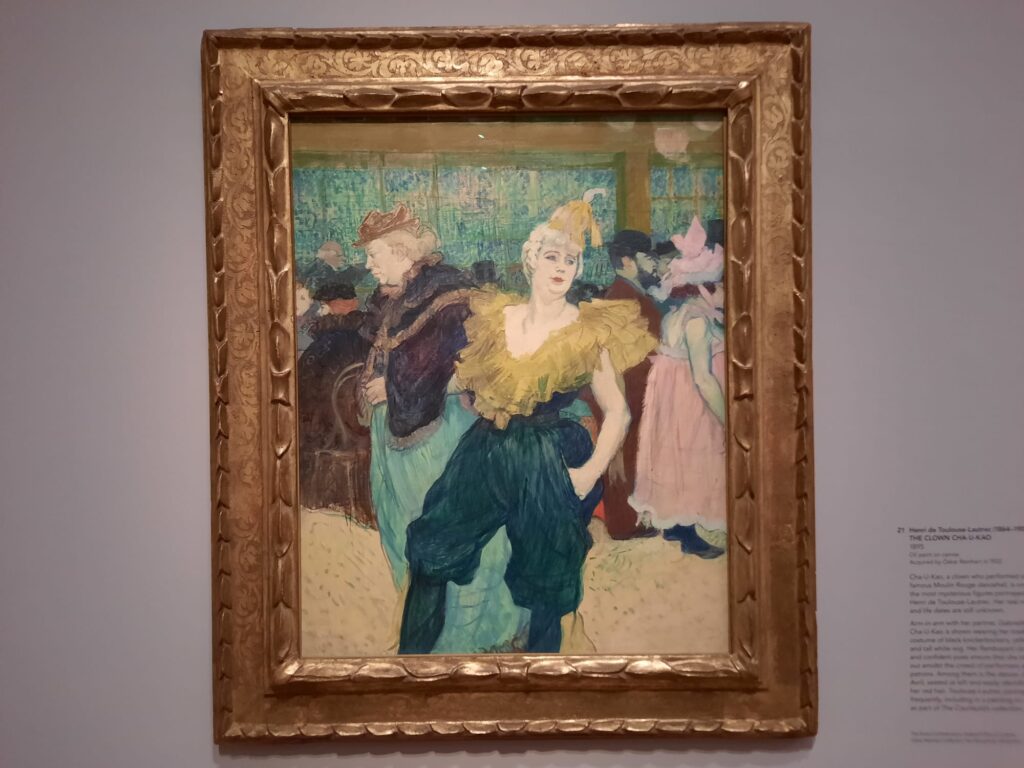
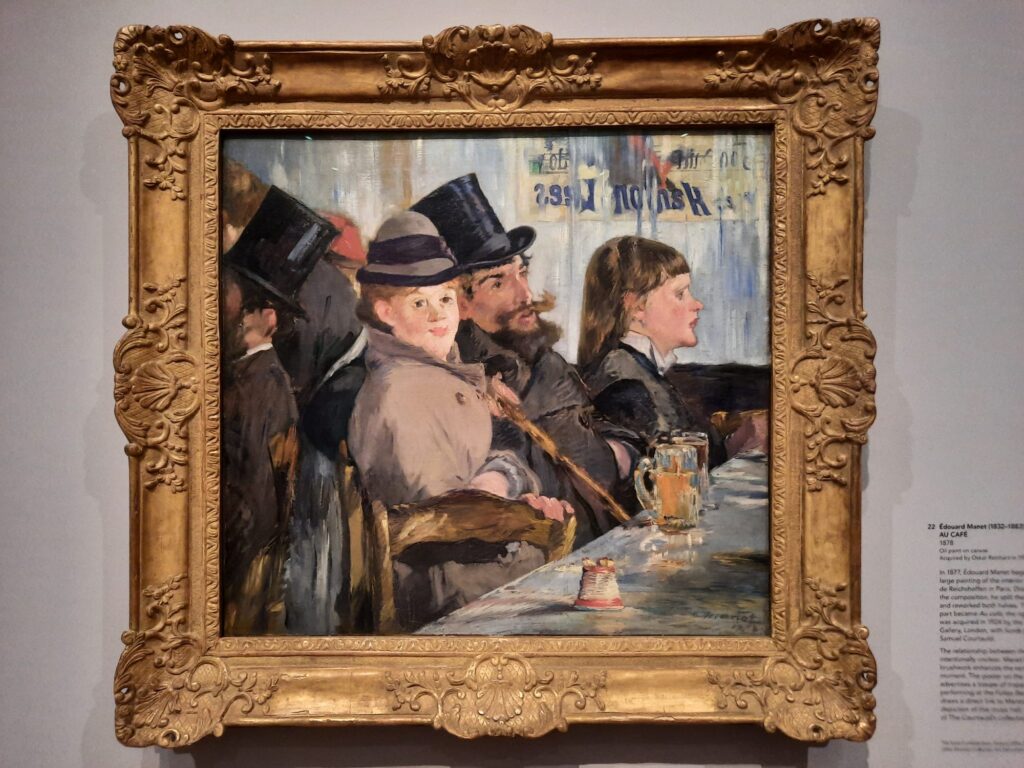
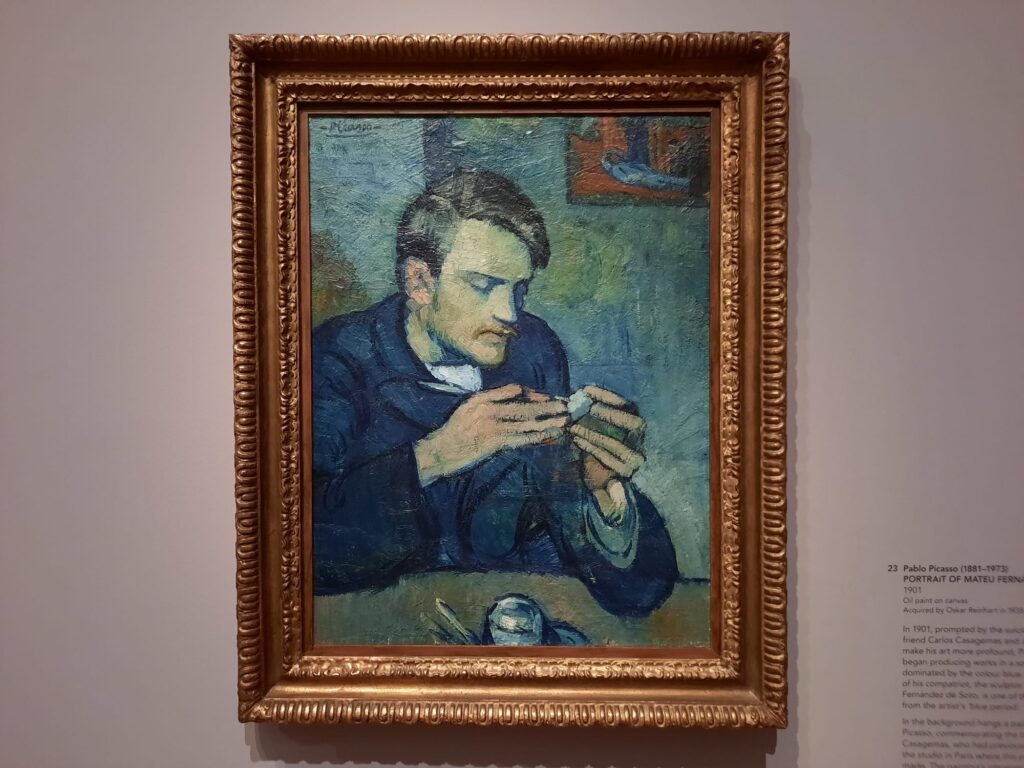

A Few Highlights and a Thoughtful Finish
There are a few paintings here that really stay with you. Van Gogh’s hospital scenes hums with quiet energy, restrained but unmistakably his. Monet’s The Break-up of the Ice on the Seine is a revelation. Brisk, sharp, and full of movement, it cuts through the usual softness associated with his work. It’s full of cold light and cracking edges, and feels almost physical in its presence.
Corot’s seascape is a different kind of surprise. Cool-toned, spare, almost abstract in places. The longer you look, the more it seems to unfold. Then there’s Daumier’s Don Quixote and Sancho Panza: quick, rough, full of character. It’s sketchy but intentional, and all the more affecting for it. These aren’t the showiest works, but they have staying power.
This isn’t a blockbuster exhibition, and that’s a good thing. It invites slow looking and makes space for quiet connections—not just between paintings, but between collections, and between the viewer and the collector’s eye. The title might promise more Goya than it delivers (just the one), but the Impressionist and Post-Impressionist works more than hold their own.
For those interested in painting in and around Impressionism, or in how personal taste can shape a collection, this is well worth a visit. The works are rarely seen in the UK, and the Courtauld has given them the thoughtful staging they deserve.
Salterton Arts Review’s rating: 4/5
Goya to Impressionism: Masterpieces from the Oskar Reinhart Collection on until 26 May 2025
Trending
If you see this after your page is loaded completely, leafletJS files are missing.

